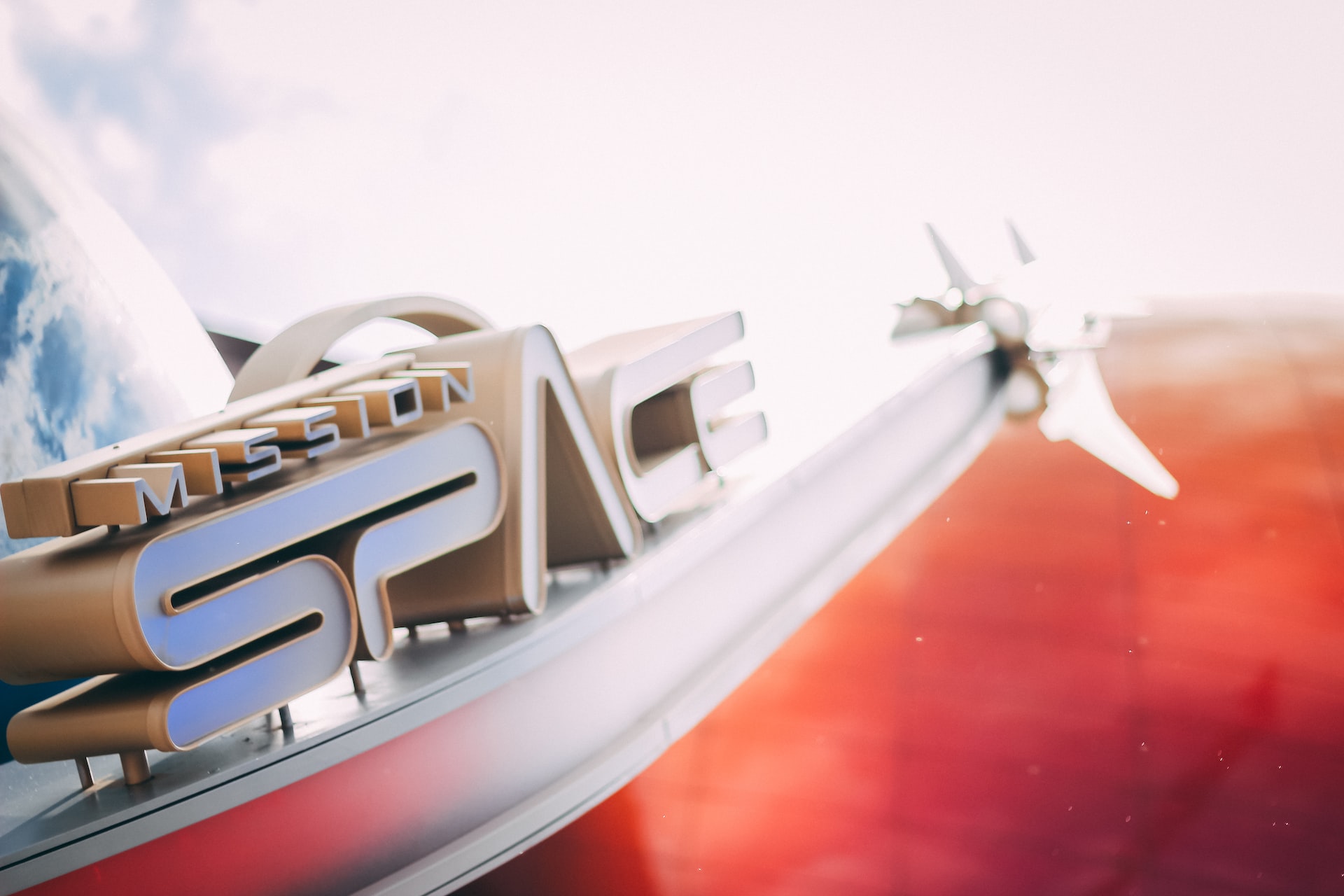The Most Exciting Upcoming Space Launches and Missions

Space exploration has come a long way since the launch of Sputnik 1, the first artificial satellite, in 1957. Today, space agencies and private companies are planning some of the most exciting space launches and missions in history. These missions will not only further our knowledge of the universe but also pave the way for new technologies and economic opportunities.
Artemis Mission
NASA’s Artemis mission is a lunar exploration program that aims to land the first woman and the next man on the moon by 2024. The mission will use the Space Launch System (SLS) rocket and the Orion spacecraft to transport astronauts to the moon and back. The Artemis mission will be a major step towards establishing a sustainable human presence on the moon and using its resources to advance exploration and technology.
James Webb Space Telescope
The James Webb Space Telescope (JWST) is the successor to the Hubble Space Telescope. It is scheduled to launch in 2021 and will be the largest and most powerful space telescope ever built. The JWST will be positioned at the second Lagrange point, a gravitationally stable position 1.5 million kilometers from Earth. The telescope will study everything from the formation of galaxies to the formation of planetary systems and the potential for extraterrestrial life.
Starship missions to Mars
SpaceX’s Starship missions to Mars aim to establish a permanent human presence on the Red Planet. The company plans to send uncrewed missions to Mars as early as 2022 and crewed missions by 2024. The Starship spacecraft is designed to be fully reusable and will be capable of transporting cargo and people to and from Mars. The missions to Mars will be a major step towards exploring and colonizing the solar system.
China’s Mars Mission
China is planning to launch a Mars mission in 2020 that will include an orbiter, a lander, and a rover. The mission will study the Martian atmosphere, surface, and subsurface and search for signs of water and potential for life. China’s Mars mission will be a major milestone for the country’s space program and will increase its competitiveness in the global space race.
Parker Solar Probe
The Parker Solar Probe is a NASA mission that will fly directly into the sun’s outer atmosphere to study the sun’s corona. The probe will make multiple passes through the corona, getting closer to the sun with each pass, until it reaches its closest approach in 2025. The Parker Solar Probe will provide valuable information about the sun’s structure, energy production, and the origin of solar winds.
ExoMars Mission
The ExoMars mission is a joint mission between the European Space Agency (ESA) and the Russian Space Agency (Roscosmos). The mission aims to search for evidence of past and present life on Mars. The first phase of the mission, which was launched in 2016, included the Schiaparelli lander and the Trace Gas Orbiter. The second phase of the mission, which is planned for 2022, will include a rover that will search for evidence of life on the Martian surface.
Europa Clipper Mission
The Europa Clipper mission is a NASA mission that will fly by the Jovian moon Europa multiple times to study its subsurface ocean and search for signs of life. The mission is planned to launch in the 2020s and will use a flyby spacecraft equipped with scientific instruments to study the moon’s geology, magnetic field, and ice shell. The Europa Clipper mission will provide valuable information about the potential for life in our solar system.
In conclusion, the space industry is rapidly evolving and advancing with numerous exciting launches and missions planned for the future. From exploring new planets to launching satellites for communication and observation, these missions will provide invaluable insights into our universe and push the boundaries of human understanding. With private companies such as SpaceX and Blue Origin joining the race, the future of space exploration is more exciting than ever.





